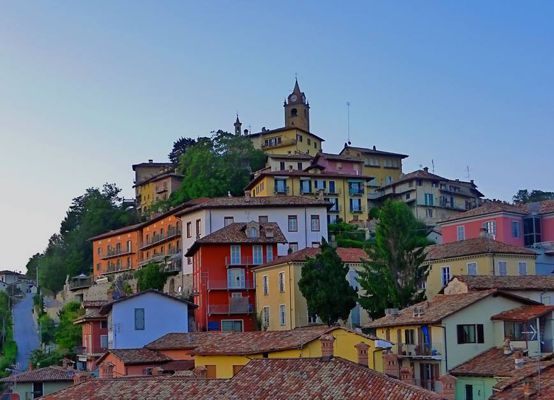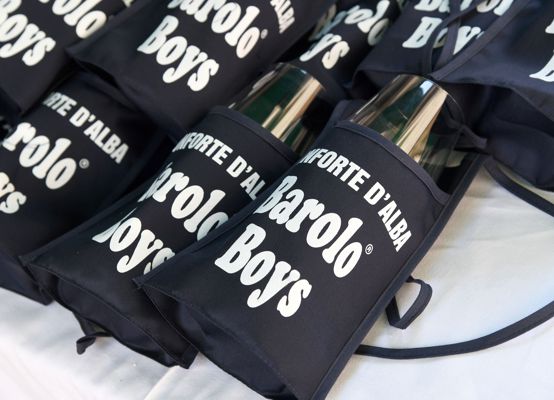The Barolo
Barolo is a DOCG wine (Denominazione d’Origine Controllata e Garantita), made from Nebbiolo grapes and aged for a minimum of three years, including at least 18 months in oak barrels.
The production area is restricted to the following municipalities: Barolo, Monforte d’Alba, Castiglione Falletto, Serralunga, La Morra, Novello, Diano d’Alba, Cherasco, Roddi, Verduno, and Grinzane Cavour.
The first written mention of Nebbiolo in Piedmont dates back to 1268.
It was with this grape variety that Camillo Benso, Count of Cavour, and Marchesa Colbert created the first dry wine, introducing new winemaking techniques such as sulfiting and clarification.
The contribution of Louis Oudart, a French wine merchant, was crucial. He emphasized controlling fermentation to ensure it was completed and introduced the practice of frequent racking to clean the wine from its lees.
In 1844, for the first time, about 1,000 glass bottles were purchased to package part of the wine produced.
This wine was named Barolo by the Marchesa, as it was produced in the cellars of her residence, the Castle of Barolo.
Even King Carlo Alberto of Savoy sought the expertise of Francesco Staglieno, a general with a passion for oenology, to oversee winemaking in his Langa cellars.
His son, Italy’s first king, Vittorio Emanuele II, played an important role in promoting Barolo. He seized an estate in Serralunga, named it FontanaFredda, and built a residence for his lover Rosa Vercellana, known as the “bela Rusin.”
During this period, new wineries were established.
The Siccardi Law, which expropriated and sold properties belonging to religious orders, allowed many farmers to become small landowners and opened a strong market overseas.
Between the late 19th and early 20th centuries, initiatives to protect the Barolo brand multiplied. In 1934, the Consortium for the Defense of Typical Barolo and Barbaresco Wines was founded.
Several cooperative wineries were established, including those in Monforte d’Alba (co-founded by my great-grandfather Manzone Giovanni), La Morra, Barolo, and Castiglione Falletto.
In 1966, the first DOC designation was established, and in 1980, the DOCG designation was introduced. This included tasting panels and organoleptic and chemical analyses to ensure the quality of the product for consumers.
.



